

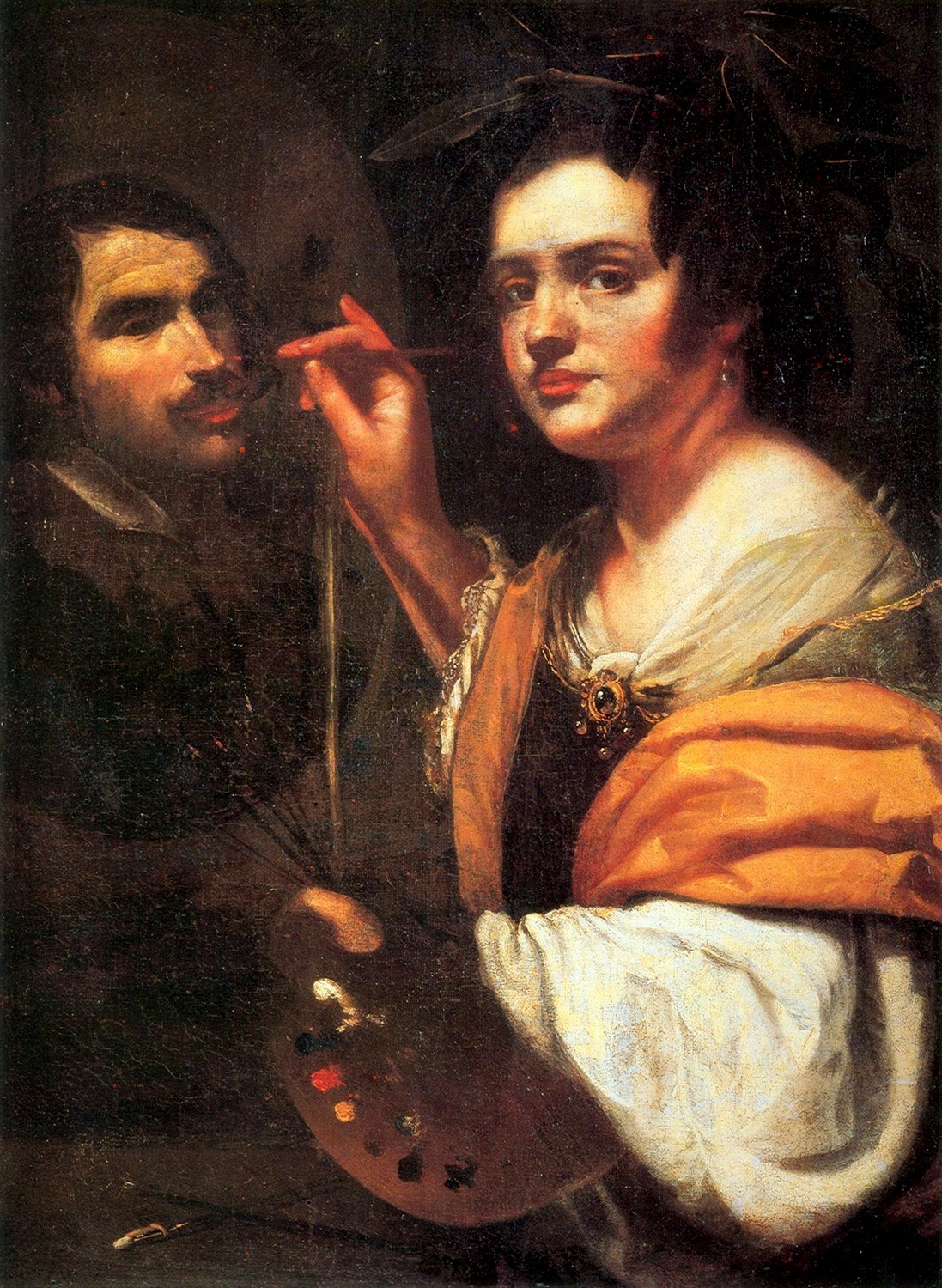
Artemisia Gentileschi was an Italian Baroque painter. Gentileschi is considered among the most accomplished 17th-century artists, initially working in the style of Caravaggio. She was producing professional work by the age of 15.Gentileschi was the first woman to become a member of the Accademia di Arte del Disegno in Florence and she had an international clientele. Many of Gentileschi's paintings feature women from myths, allegories, and the Bible, including victims, suicides, and warriors. Some of her best known subjects are Susanna and the Elders, Judith Slaying Holofernes, and Judith and Her Maidservant.
She worked in Rome, Florence, Venice, Naples and London, for the highest echelons of European society, including the Grand Duke of Tuscany and Philip IV of Spain. For many years Gentileschi was regarded as a curiosity, but her life and art have been reexamined by scholars in the 20th and 21st centuries. She is now regarded as one of the most progressive and expressive painters of her generation, with the recognition of her talents exemplified by major exhibitions at internationally esteemed fine art institutions, such as the National Gallery in London.
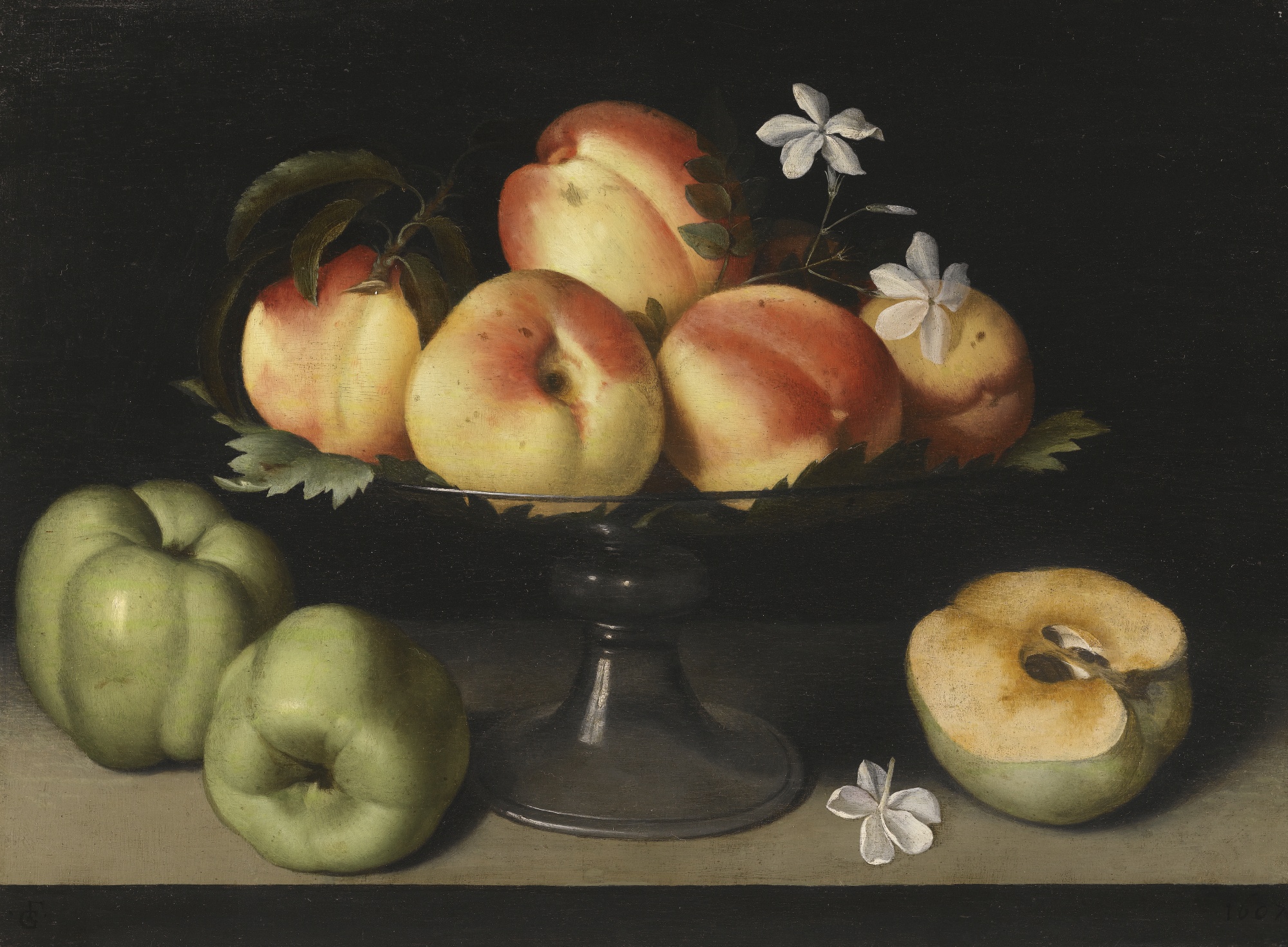
Fede Galizia, born in Milan in 1578, was an Italian Renaissance painter of still-lifes, portraits, and religious pictures. She is especially noted as a painter of still-lifes of fruit, a genre in which she was one of the earliest practitioners in European art. She learned to paint from her father and by the age of twelve, she was sufficiently accomplished as an artist to be mentioned by Gian Paolo Lomazzo, a painter and art theorist friend of her father, who wrote, "[T]his girl dedicates herself to imitate the most extraordinary of our art." By her later teen years, she had established an international reputation as an artist. She received recognition for her meticulous attention to detail and skillful use of color in depicting fruits, flowers, and other objects. Galizia's artistry was ahead of its time, and she gained the patronage of prominent figures in Italian society. Despite the challenges faced by women in the arts during her era, Galizia's work has endured and continues to be celebrated for its innovation and beauty. Her legacy as a pioneering female artist of the Renaissance remains an inspiration for contemporary creators.
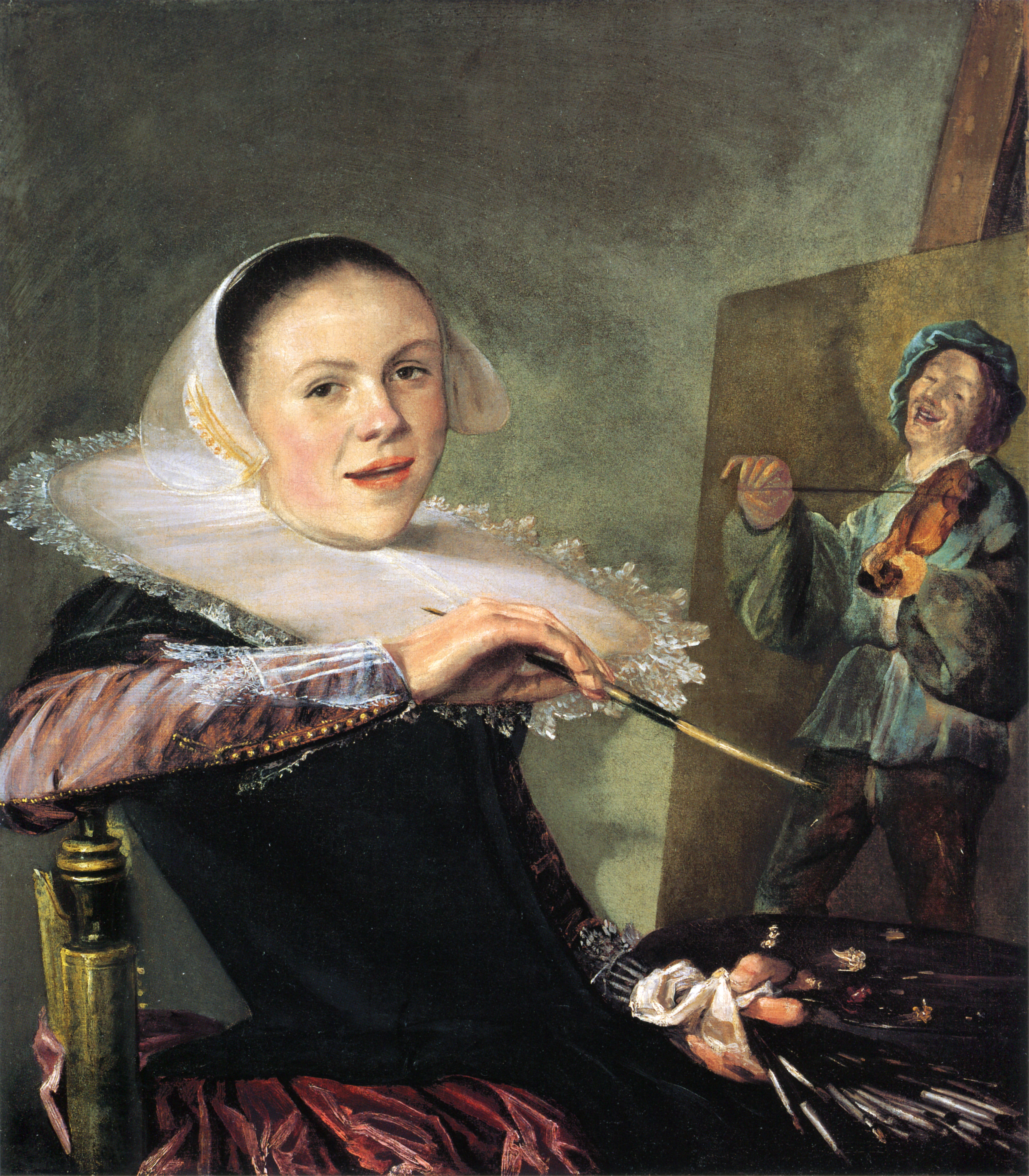
Judith Leyster, a Dutch Golden Age painter, was born in Haarlem in 1609. She was one of the few women artists of the 17th century to achieve recognition and success. Leyster's early artistic training occurred in the studio of Frans Hals, a master of the lively and dynamic Baroque style. Known for her genre scenes and portraits, Leyster demonstrated a distinctive flair for capturing the vitality of everyday life. One of her most celebrated works is "The Proposition," showcasing her ability to infuse scenes with humor and warmth. In 1633, she became the first woman to be admitted to the Haarlem Guild of St. Luke, a significant achievement in a male-dominated profession. Leyster's career was unfortunately overshadowed by the works of her male contemporaries, and for centuries, many of her paintings were misattributed to other artists. However, her art has experienced a revival in recent decades, with scholars and art enthusiasts recognizing her as a pioneering talent whose contributions to the Dutch Golden Age were both significant and trailblazing.
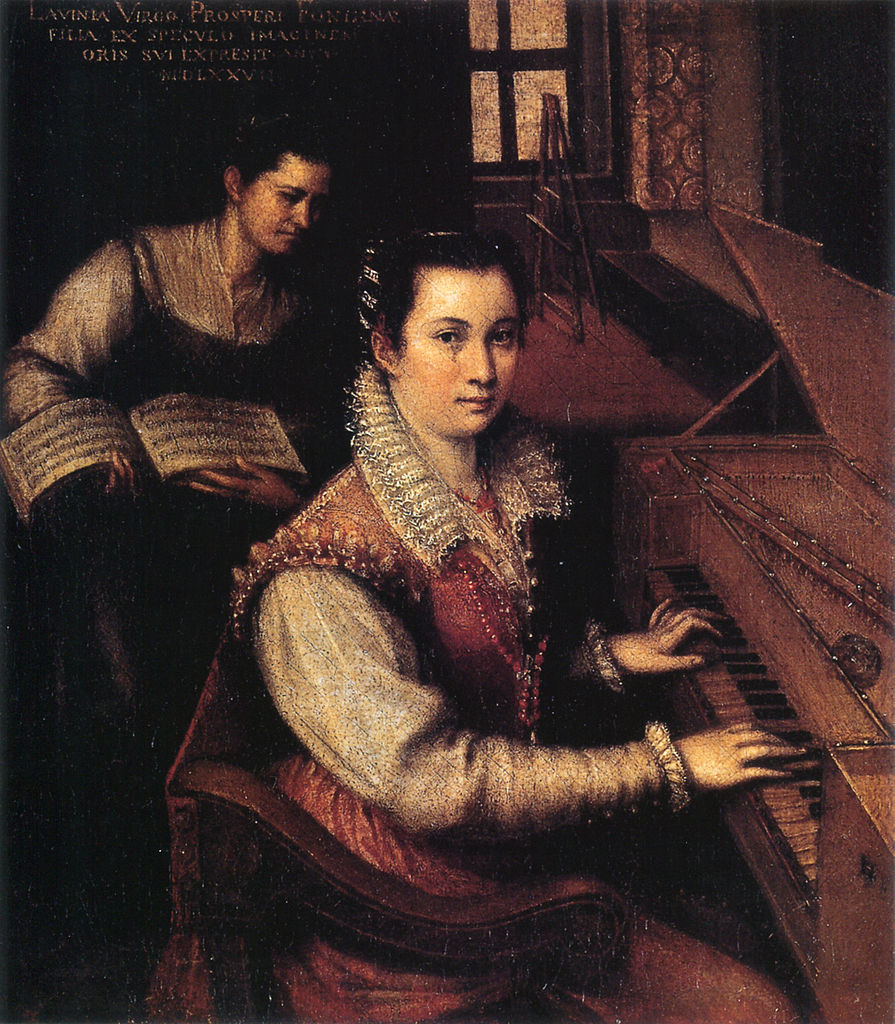
Lavinia Fontana, an Italian painter of the late Renaissance, was born in Bologna in 1552. She emerged as one of the first women to establish a successful career as a professional artist in Italy. Fontana received her initial training from her father, Prospero Fontana, a painter of the School of Bologna. Her talent quickly became evident, and she went on to develop her distinctive style, specializing in portraiture and religious scenes. In 1577, Lavinia Fontana married the nobleman Gian Paolo Zappi, and despite the societal expectations of the time that could have hindered her artistic pursuits, she continued to paint and manage a successful workshop.
Fontana's artistic achievements extended beyond portraiture to encompass religious and mythological subjects. Her work was well-received, earning her numerous accolades and commissions. In 1603, she was invited to Rome by Pope Clement VIII to work on frescoes in the Vatican. Fontana's artistry played a crucial role in challenging gender norms and establishing a path for future women artists. Despite facing the challenges of being a female artist in a male-dominated field, Lavinia Fontana left a lasting legacy. Her contributions paved the way for subsequent generations of women artists.
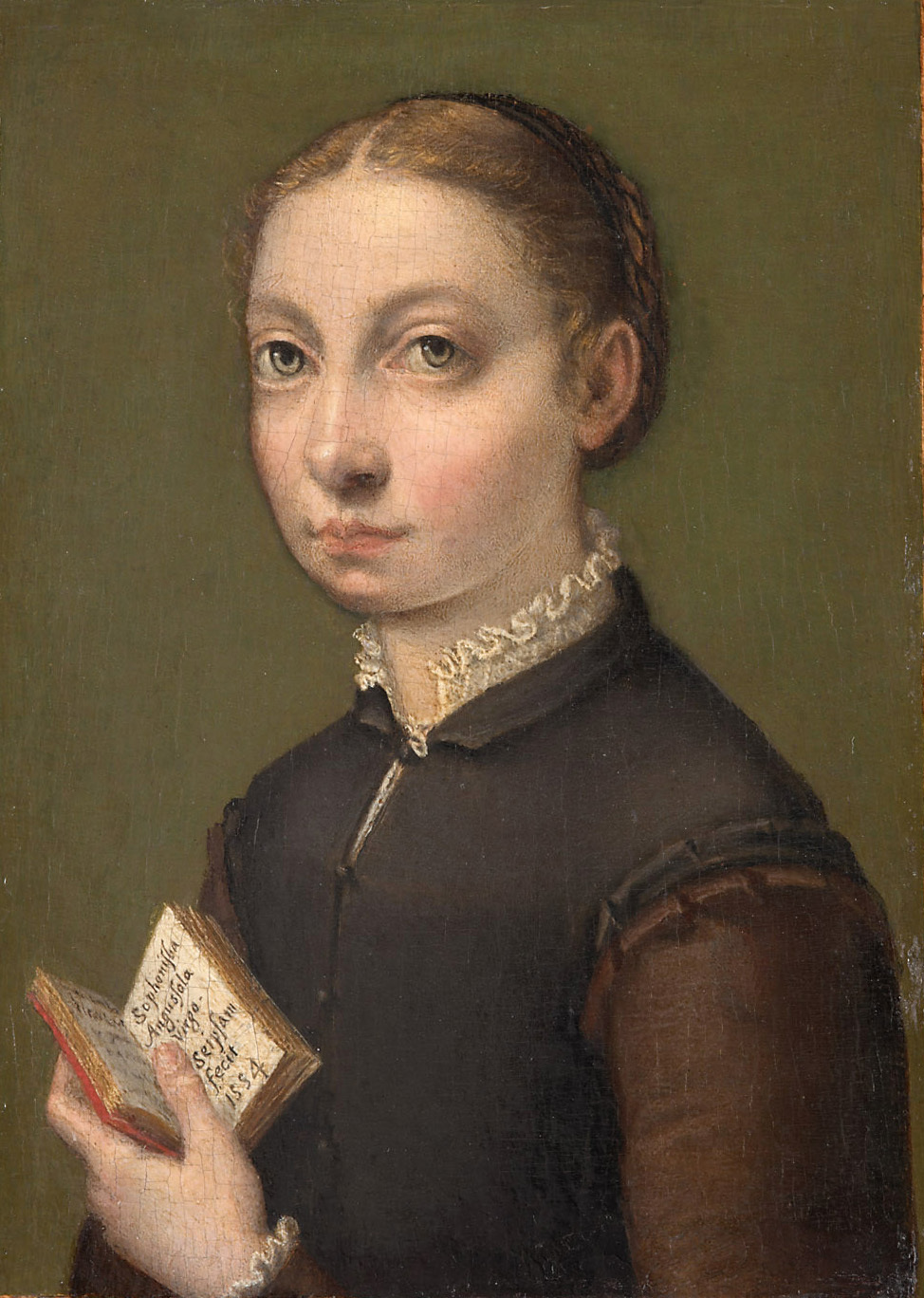
Sofonisba Anguissola, an Italian Renaissance painter, was born in Cremona in 1532. Regarded as one of the most important female artists of the 16th century, she played a significant role in challenging gender norms in the art world. Anguissola received formal artistic training, an uncommon privilege for women during her time, and studied under Bernardino Campi in Cremona before moving to Rome to further hone her skills. Anguissola's portraiture skills gained her recognition, and she was particularly known for her ability to capture the psychological depth of her subjects. Her paintings often featured family members, including her sisters, and reflected a keen interest in depicting the relationships and emotions of the individuals she portrayed.
Despite the challenges faced by female artists during the Renaissance, Anguissola managed to navigate the social constraints of her time and established a successful career. She painted not only portraits but also historical and genre scenes, showcasing versatility in her artistic expression. Her work influenced later artists, including Anthony van Dyck and Peter Paul Rubens. She became a role model for aspiring women artists, demonstrating that talent and dedication could transcend societal limitations. Her ability to secure recognition and patronage in a male-dominated profession was groundbreaking.
Sources: National Gallery of Art and Britannica